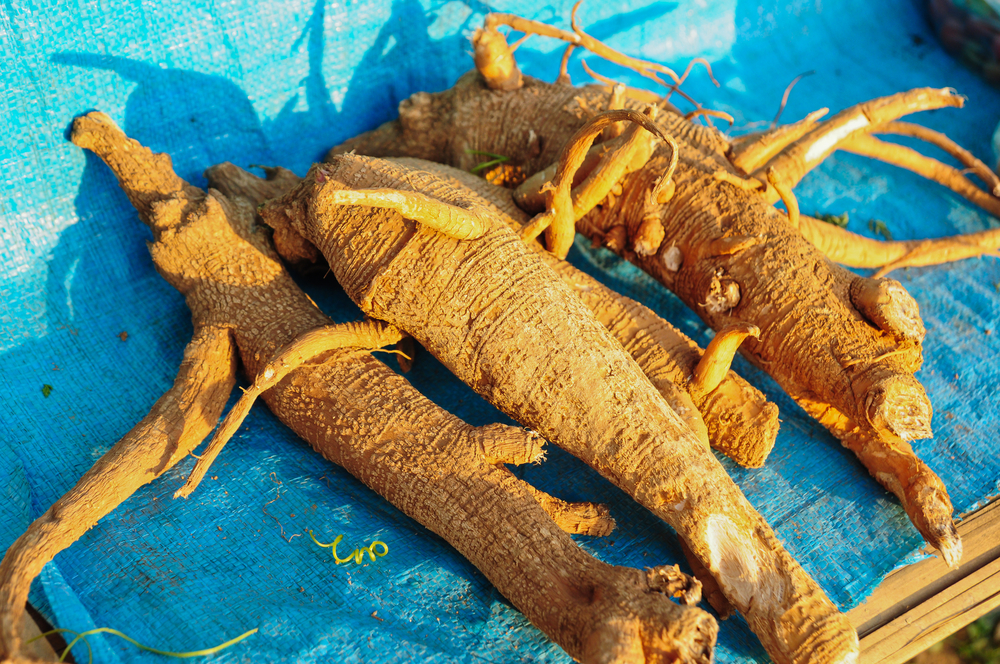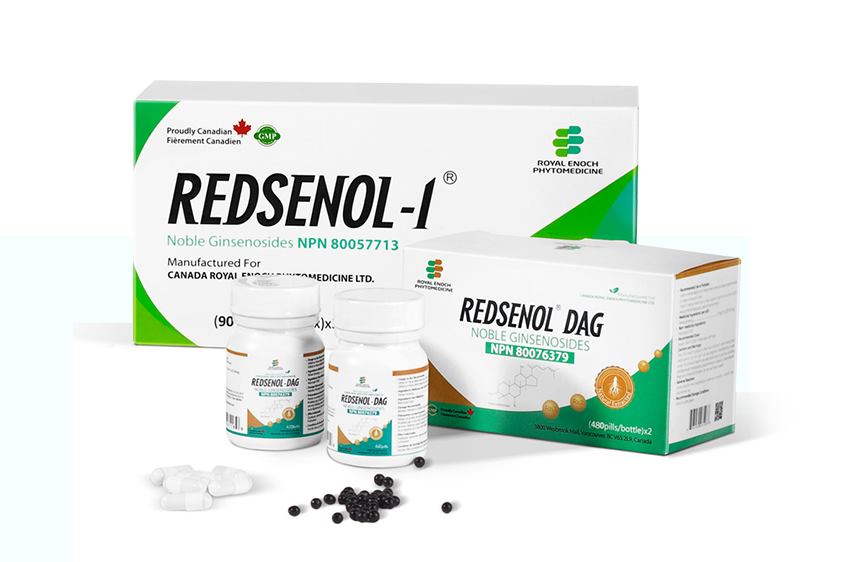Why ginseng is expensive?
 Ginseng is a traditional Chinese medicinal herb that is known for its remarkable health benefits. It has been found to potentially help cure many diseases, and some potential roles include but not limited to:
Ginseng is a traditional Chinese medicinal herb that is known for its remarkable health benefits. It has been found to potentially help cure many diseases, and some potential roles include but not limited to:
- antioxidation
- anti-inflammation
- anti-fatigue
- anti-aging
- stress relief
- immunity boost
- cognition support
- central nervous system support
- lung function boost
- health glucose promotion
- cancer prevention
- menopause relief
Ginsenosides are the bioactive compounds of ginseng that are predominantly responsible for its pharmacological benefits. Therefore, the higher the ginsenoside content, the higher the value of ginseng.
Not all ginseng is expensive, and ginseng grown on the farms are usually 3-5 years old and they are extremely low in ginsenoside content. And accordingly, they are cheap and easily available.
However, wild ginseng grown for decades is of great value because they accumulate high amounts of ginsenosides and could bring unparalleled health benefits. Some ginseng has been found to be more than 200 years old and about 500 grams and they are reportedly worth millions of dollars.
The naturally occurring ginsenosides in ginseng, known as prototype ginsenosides like Ra, Rb1, Rb2, Rb3, Rc, Rd, Re, Rg1, Rg2, Rf, etc. predominantly exist in ginseng. Unfortunately, they are large molecules with poor water solubility, and we could only absorb limited ginsenosides by taking ginseng directly.
Rare ginsenosides are derivatives of prototype ginsenosides that are metabolized through unique processing methods. The metabolized rare ginsenosides show stronger bioactivity and better absorption than prototype ginsenosides. They make the best value of ginseng.
Though we have realized the unbelievable value of rare ginsenosides for a long time, the production of easily absorbable and highly bioactive rare ginsenosides in large amount involves many technology barriers.
Prototype ginsenosides constitute a significant portion of the total ginsenosides that are barely absorbed by the human body, while rare ginsenosides are almost undetectable in raw ginseng and only 0.05-1 grams can be found in 10,000 grams of heat-processed red ginseng. Therefore, advanced techonologies in ginsenoside extraction and transformation are needed to produce rare ginsenosides in high quantity.
With years of research and development, some companies already grasp proprietary technologies and can produce multiple types of rare ginsenosides.
Ginsenoside Rg3 is one of the best-known rare ginsenosides, and it has been converted from prototype ginsenosides such as Rb1, Rb2, and Rd, using unique transformation methods.
It is worth noting that rare ginsenosides could be further converted into highly bioactive rare ginsenosides. For example, rare ginsenosides Rg3, Rh1, and Rh2 can be further metabolized into more bioactive ginsenosides Rk1 and Rg5, Rk3 and Rh4, and Rk2 and Rh3 respectively through acid transformation.
A few companies lead ahead on the road of rare ginsenoside research. They are able to develop multicomponent highly bioactive rare ginsenosides like Rk1, Rg5, Rh3, Rk2, aPPD (S, R), aPPT (S, R). These rare ginsenosides are 10-20 times more potent than raw ginseng or prototype ginsenosides.
Due to the huge health benefits of rare ginsenosides, some products containing highly bioactive rare ginsenosides are sold at relatively high prices but are truly best value for money.


